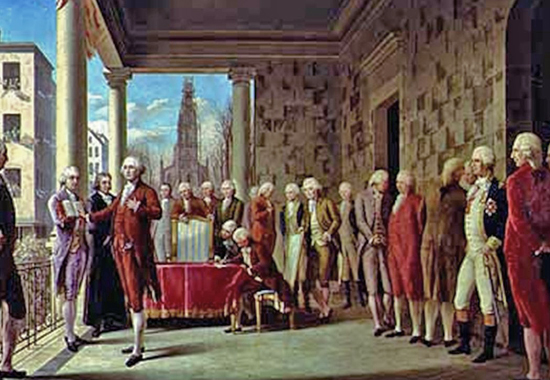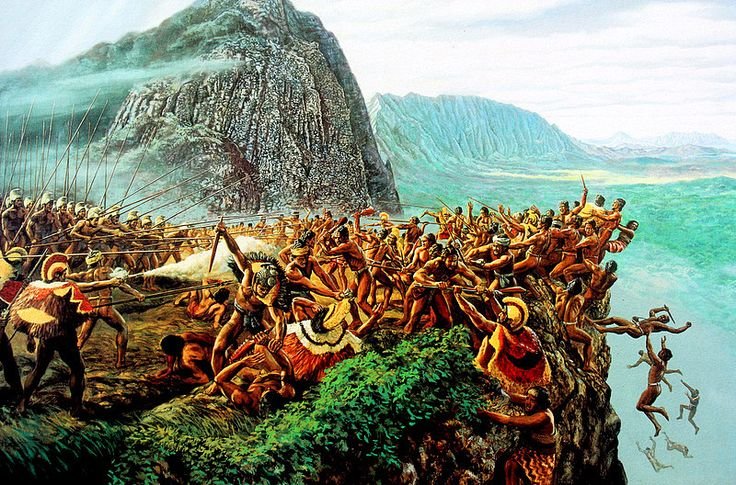Diabolical666
Well-Known Member
Ffs smh lol
SH420
Ffs smh lol
SH420
Ikr, you'd think someone as powerful as Satan would have better writers!Ffs smh lol


Sweet, I wonder when we hear it deviates from fact...... sigh........April 30, 1789 – In New York City, George Washington, the great military leader of the American Revolution, is inaugurated as the first president of the United States. In February 1789, all 69 presidential electors unanimously chose Washington to be the first U.S. president. In March, the new U.S. constitution officially took effect, and in April Congress formally sent word to Washington that he had won the presidency. He borrowed money to pay off his debts in Virginia and traveled to New York. On April 30, he came across the Hudson River in a specially built and decorated barge. The inaugural ceremony was performed on the balcony of Federal Hall on Wall Street, and a large crowd cheered after he took the oath of office. The president then retired indoors to read Congress his inaugural address, a quiet speech in which he spoke of “the experiment entrusted to the hands of the American people.” The evening celebration was opened and closed by 13 skyrockets and 13 cannons. As president, Washington sought to unite the nation and protect the interests of the new republic at home and abroad. Of his presidency, he said, “I walk on untrodden ground. There is scarcely any part of my conduct which may not hereafter be drawn in precedent.” He successfully implemented executive authority, made good use of brilliant politicians such as Alexander Hamilton and Thomas Jefferson in his cabinet, and quieted fears of presidential tyranny. In 1792, he was unanimously re-elected but four years later refused a third term. In 1797, he finally began a long-awaited retirement at his estate in Virginia. He died two years later. His friend Henry Lee provided a famous eulogy for the father of the United States: “First in war, first in peace, and first in the hearts of his countrymen.”

On this day…. Neo has officially been with Mrs. Neo for a decade.

Nicely done NeoOn this day…. Neo has officially been with Mrs. Neo for a decade.
On this day…. Neo has officially been with Mrs. Neo for a decade.
On this day…. Neo has officially been with Mrs. Neo for a decade.

SH420
On this day…. Neo has officially been with Mrs. Neo for a decade.
